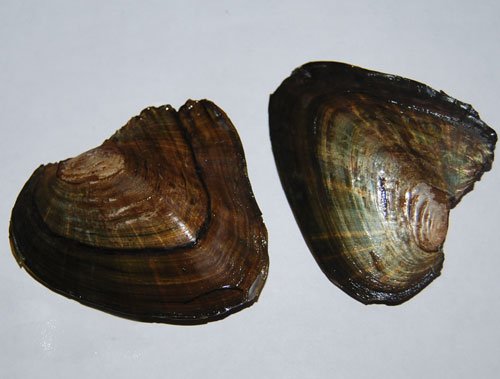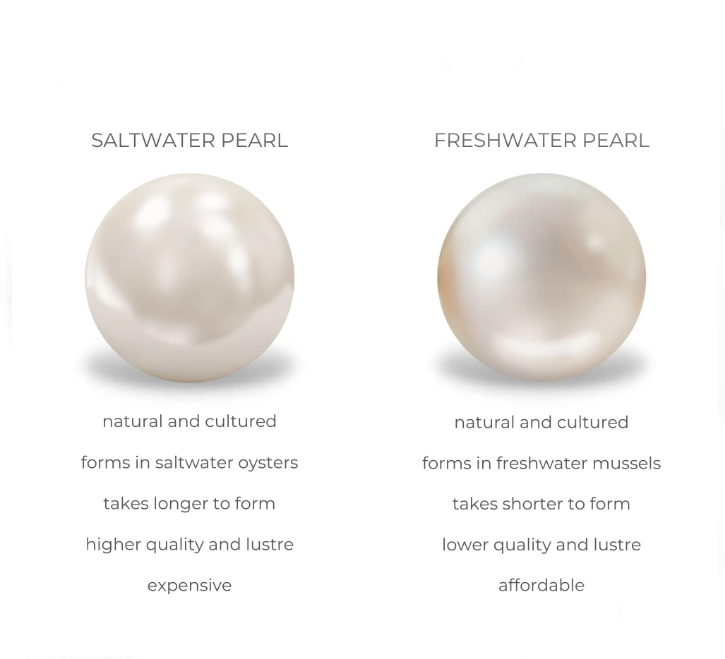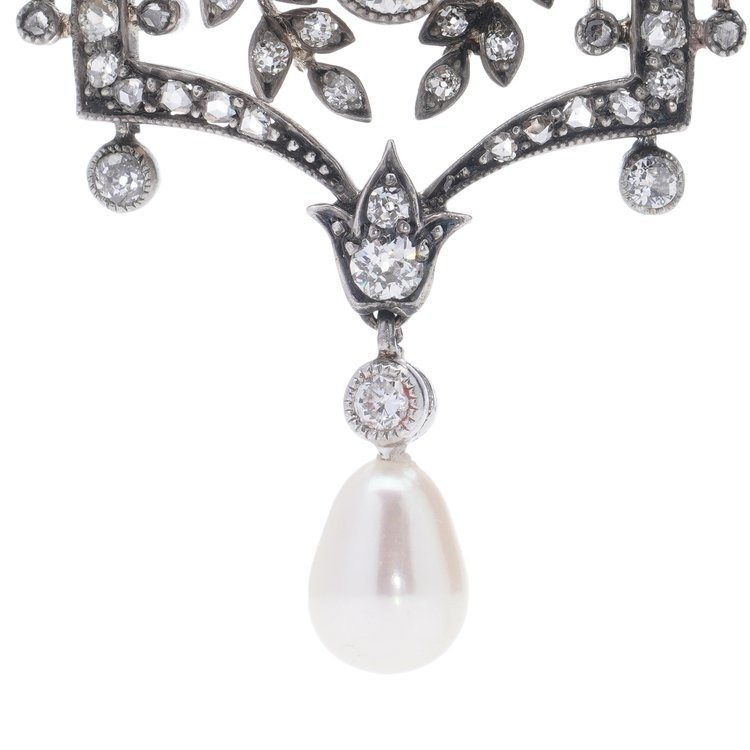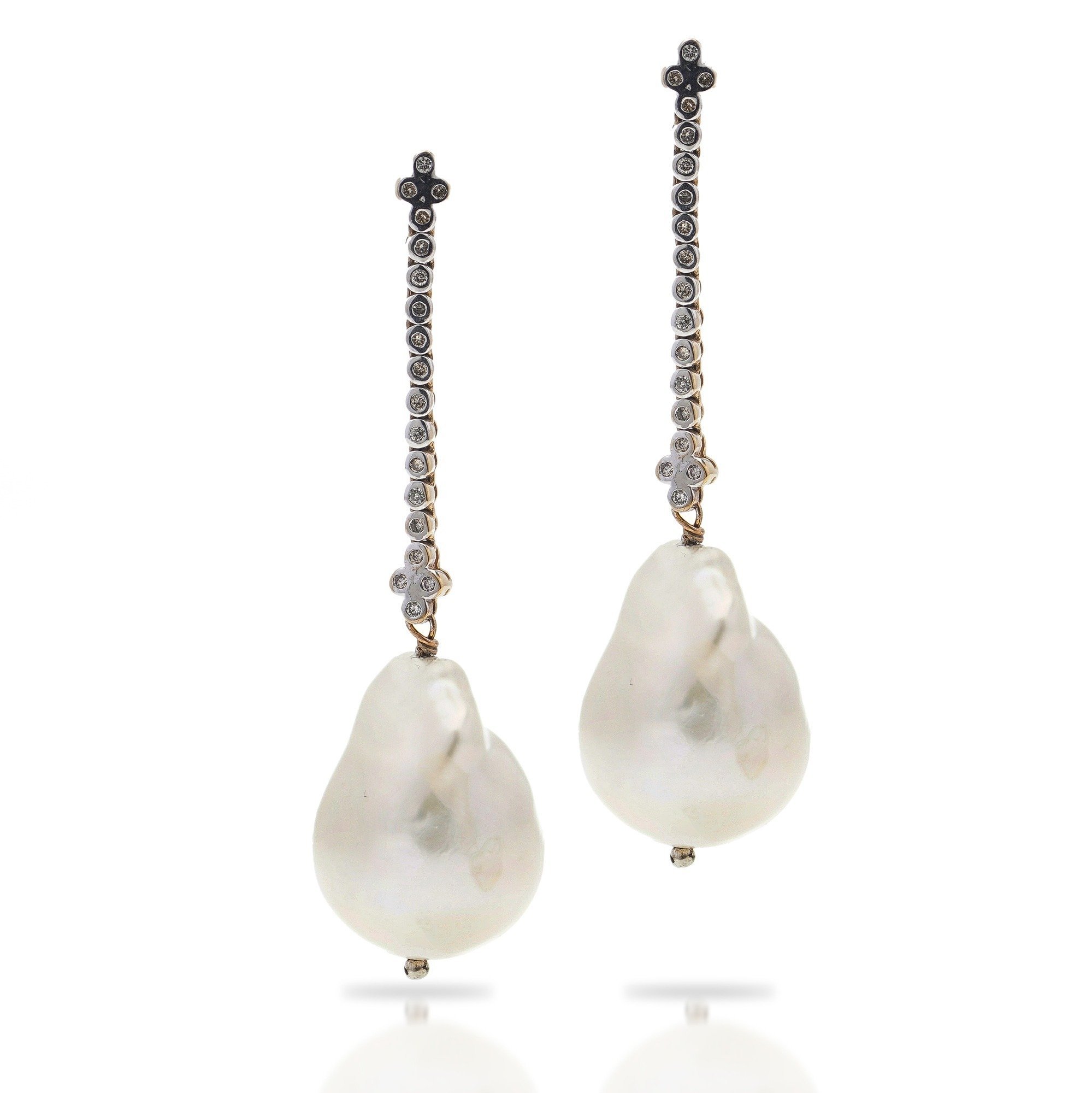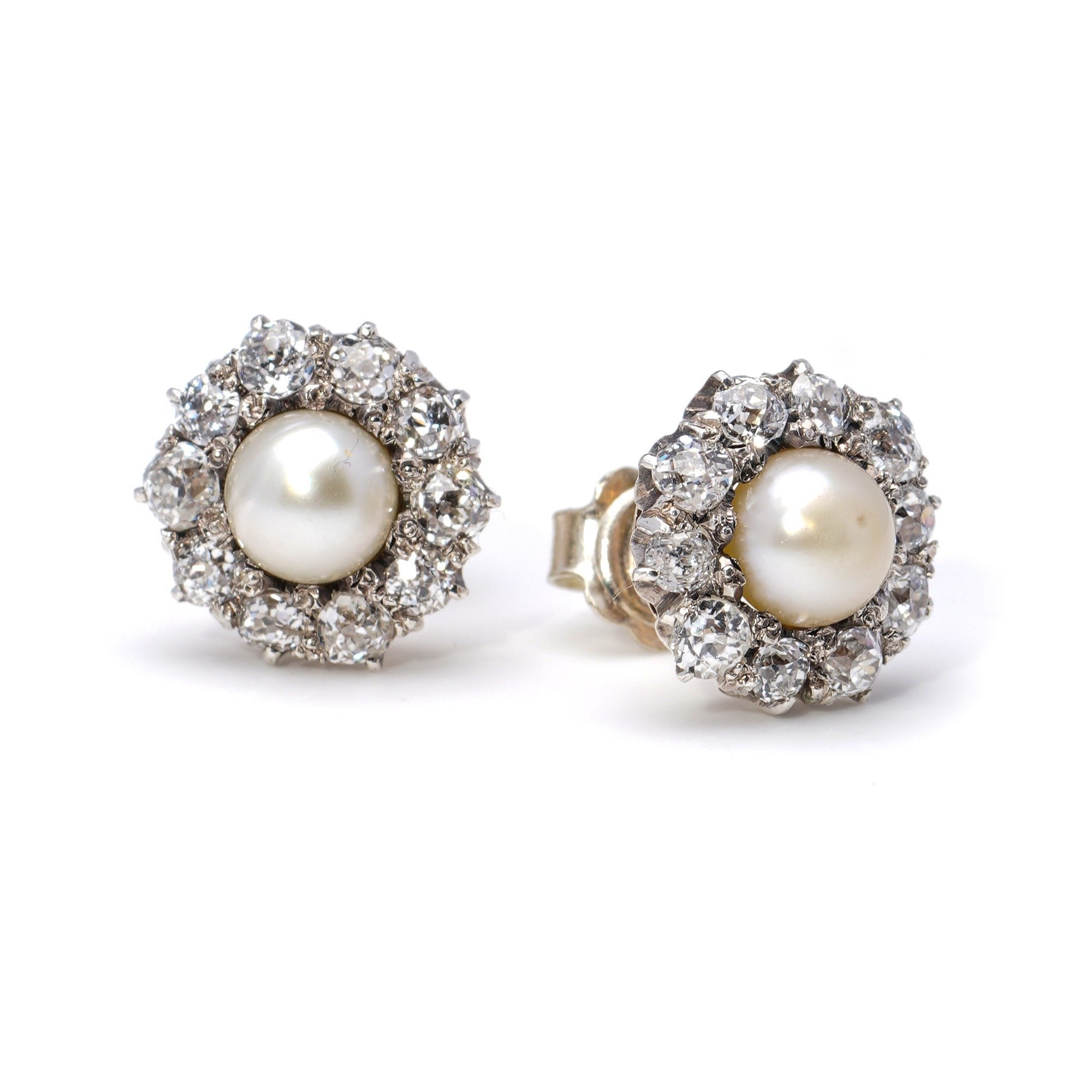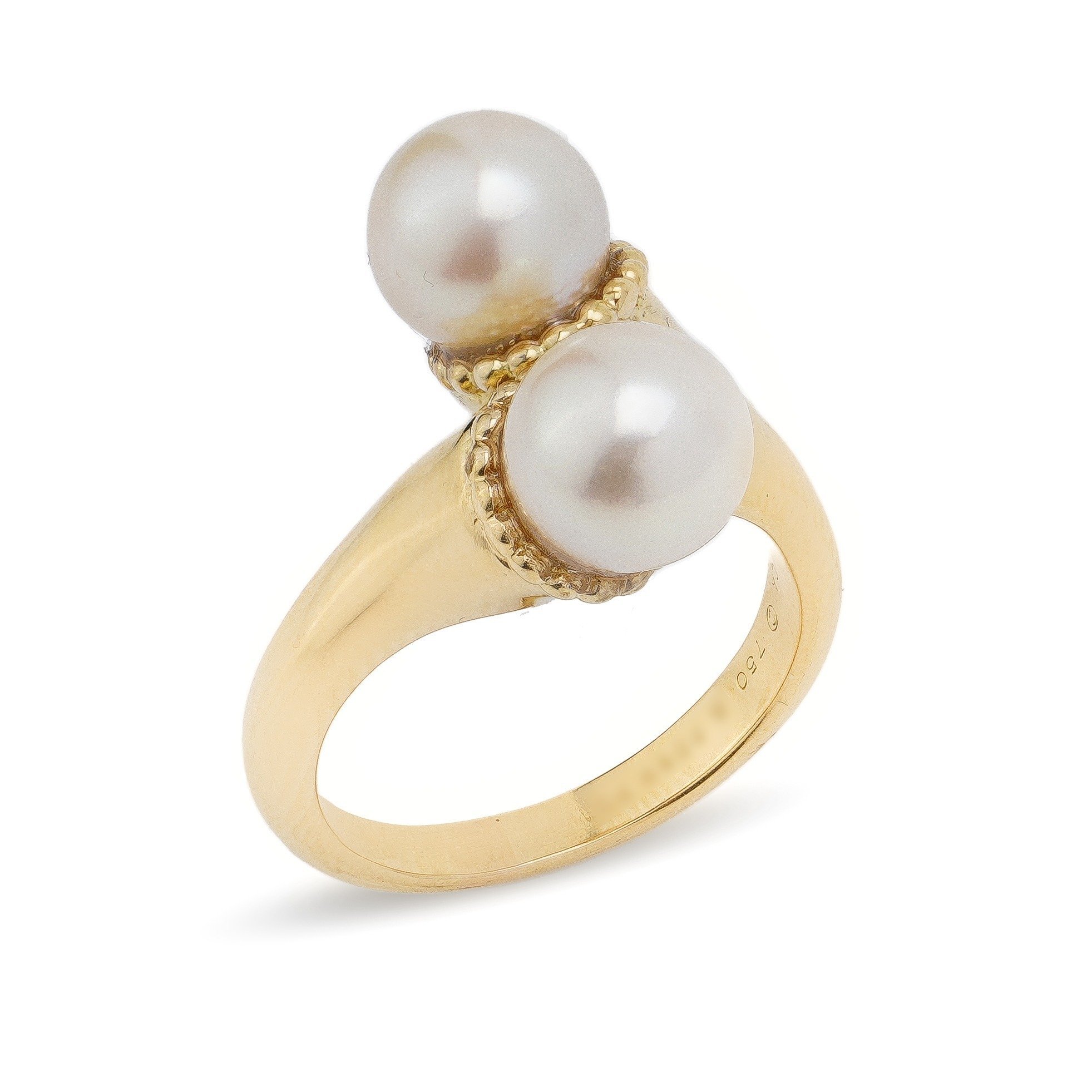Dive Deep into the Lustrous World of Freshwater Pearls
Table of Contents
Freshwater pearl Oyster, image courtesy of Pearls at Pearls
Introduction: The Luminous Journey of Freshwater Pearls
Freshwater Pearls: A Tale of Lustrous Elegance
A Tour Through the Diverse Types of Freshwater Pearls
Freshwater Pearls vs Saltwater Pearls: What's the Difference?
Caring for Freshwater Pearls: Pearls Need Pampering Too!
Freshwater Pearls in Jewellery: Dressed to the Nines
The Cultural Significance of Freshwater Pearls
Conclusion: The Enduring Charm of Freshwater Pearls
FAQs about Freshwater Pearls
Introduction: The Luminous Journey of Freshwater Pearls
Who would've thought that a simple grain of sand could transform into a thing of such beauty? Indeed, freshwater pearls are Mother Nature's way of showing us that even the smallest, most mundane things can turn into works of art. But what's the story behind these lustrous gems? Let's embark on an intriguing exploration into the captivating universe of freshwater pearls.
Freshwater Pearls: A Tale of Lustrous Elegance
Formation: Nature's Own Alchemy
In the heart of a mollusc lies a secret. An irritant, often a grain of sand, makes its way inside the mollusc's shell. In an attempt to protect itself, the creature secretes a substance known as nacre around the irritant. Over time, this nacre builds up to create a pearl. Isn't that the bee's knees?
Harvesting: The Pearl Farmer's Dance
Harvesting freshwater pearls is not as easy as shooting fish in a barrel. It's a dance between man and nature. Pearl farmers carefully implant the irritant into the molluscs, and then it's a waiting game. Several years may pass before the pearls are ready for harvesting.
A Tour Through the Diverse Types of Freshwater Pearls
Stepping into the realm of freshwater pearls is akin to entering a world of limitless diversity and enchantment. These pearls come in an array of shapes and hues, each radiating a unique allure. The timeless round pearls are a crowd favorite, admired for their perfect symmetry. The charming button pearls, with their slightly flattened profile, are tailor-made for earrings and rings. The quirky rice pearls, reminiscent of their namesake grain, bring a whiff of nonconformity. The star of the show, however, are the baroque pearls, their irregular shapes making each a singular work of art.
Joining this illustrious list are the freshwater keshi pearls, born from an oyster's second attempt at pearl creation, resulting in petite, irregularly-shaped treasures. Mabe pearls, on the other hand, are a unique category. They are cultivated on the inside shell of the mollusc, leading to a semi-spherical pearl with a flat back, often used in pendants and earrings.
As for colours, the spectrum is vast and vibrant, spanning from pristine whites and creams to beguiling shades of pink, lavender, and even black. In essence, the assortment of freshwater pearls is a testament to the boundless ingenuity of nature.
Image courtesy of Diamond Buzz
Freshwater Pearls vs Saltwater Pearls: What's the Difference?
Despite both being products of molluscs, freshwater, and saltwater pearls are different from chalk and cheese. Freshwater pearls are typically found in rivers and lakes and are known for their wide range of shapes and colours. Saltwater pearls, on the other hand, are generally more spherical and have a higher lustre.
Caring for Freshwater Pearls: Pearls Need Pampering Too!
Just like a delicate flower, freshwater pearls require gentle care. Avoid exposing them to harsh chemicals or abrasives. After wearing them, wipe them with a soft cloth to remove any oils or sweat. Store them separately to avoid scratches. Remember, pearls are a girl's best friend, so treat them well!
Freshwater Pearls in Jewellery: Dressed to the Nines
From necklaces and bracelets to earrings and rings, freshwater pearls are versatile enough to complement any piece of jewellery. Whether it's a simple string of pearls for a classic look or a bold, baroque pearl pendant for a touch of modernity, freshwater pearls can make you look like a million bucks.
Image gallery courtesy of Mozeris Fine Antiques
Image courtesy of Jewellery Wholesale China Supplier
The Cultural Significance of Freshwater Pearls
In various cultures, freshwater pearls are more than just pretty ornaments. They're steeped in symbolism and significance. For instance, in ancient China, pearls were believed to ensure protection and love. In Greece, they symbolize purity and love. It's clear as a bell that pearls hold a special place in our hearts.
Conclusion: The Enduring Charm of Freshwater Pearls
There's more to freshwater pearls than meets the eye. They're not just accessories to adorn our bodies, but also timeless symbols of elegance and sophistication. Their journey from a humble grain of sand to a lustrous pearl is a testament to the wonders of nature. So the next time you put on that pearl necklace, remember, you're not just wearing a piece of jewelry. You're wearing a story, a symbol, a piece of art.
FAQs about Freshwater Pearls
1. How long does it take for a freshwater pearl to form?
It can take anywhere from 1 to 6 years for a freshwater pearl to form. Patience is the name of the game here!
2. Are freshwater pearls real pearls?
Absolutely! Freshwater pearls are as real as it gets. They're created naturally by mollusks and each pearl is a unique creation.
3. What colors do freshwater pearls come in?
Freshwater pearls are like a painter's palette. They come in a variety of colors, including white, cream, pink, lavender, and even black.
4. How can I tell if my freshwater pearls are real?
One popular method is the 'tooth test.' Gently rub the pearl against your tooth. If it feels slightly gritty, it's probably a real pearl. If it's smooth, it's likely an imitation. But remember, when in doubt, it's always a good idea to consult a professional.
5. How should I clean my freshwater pearl jewelry?
A soft, damp cloth is your best bet. Avoid using harsh chemicals or ultrasonic cleaners, as they can damage the pearls. After cleaning, let your pearl jewelry air dry before storing it.
6. Can freshwater pearls be round?
While freshwater pearls are often irregularly shaped, they can indeed be round. However, round freshwater pearls are less common and therefore more valuable.


